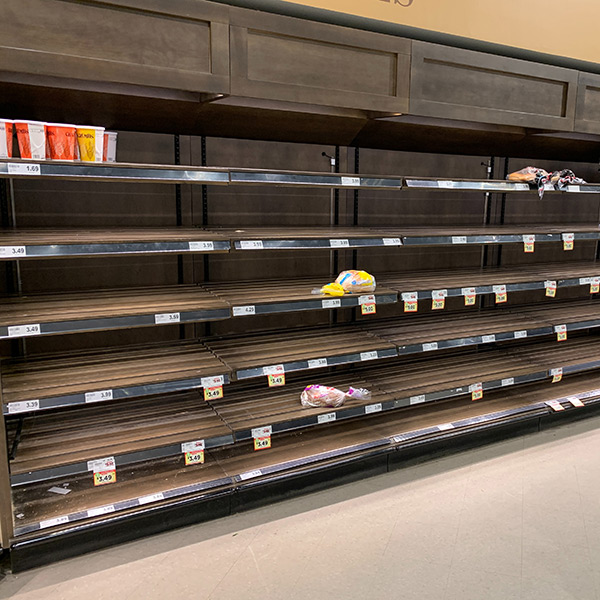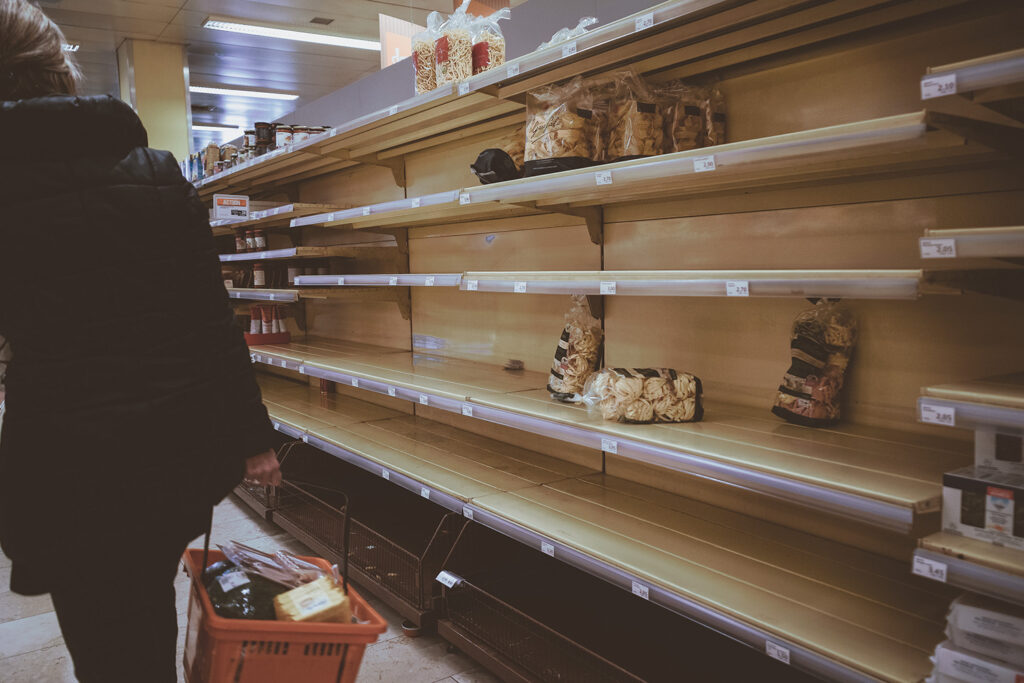 What are food deserts?
What are food deserts?
Food deserts are “geographic areas where residents have few to no convenient options for securing affordable and healthy foods — especially fresh fruits and vegetables.” The opposite of a food desert is a food oasis, where residents have plenty of convenient options to buy affordable, healthy food.
Food deserts are defined by a resident’s access to food, as measured by distance to a store or number of stores in a specific area, household resources, and neighborhood resources.
Who do food deserts affect?
Food deserts disproportionally affect those who live in high-poverty areas and Black communities. Food deserts are more common in areas with smaller populations, higher rates of vacant homes, and residents with lower levels of education and income and with higher rates of unemployment.
The USDA’s most recent food access research report, conducted in 2017, estimated that 6.2% of the population (19 million people) were living in a food desert. The most recent estimations suspect 23.5 million people in the United States now live in food deserts.
What causes food deserts?
There are several contributing factors to food deserts including:
- Transportation challenges
- Low-income households are less likely to have reliable transportation (whether that’s a personal car or public transportation options), meaning a quick trip to the grocery store isn’t always possible.
 Convenience food
Convenience food
- Low-income households are more likely to live in communities filled with small corner stores/convenience markets or fast-food vendors. These have limited healthy options, and healthy options are often more expensive than unhealthy options.
- Income inequality
- Researchers from Brown University and Harvard University have found that the healthiest diets (defined by meals rich in vegetables, fruits, fish, and nuts), cost $1.50 more than diets rich in processed foods, meat, and refined grains. This may not sound like a lot, but adding $1.50 every day can be impossible for households living paycheck to paycheck.
- Supermarket redlining
- Opening a supermarket is inherently an investment risk in any community. Oftentimes, the threat of higher crime rates, whether real or perceived, raises a business’s insurances fees and security costs so much it becomes prohibitive to open a grocery store in a low-income area.
What solutions to alleviate food deserts are recommended?
Eating habits are shaped by environmental, policy, and individual factors and solutions need to encompass each of these facets. A few strategies include:
- Incentivizing grocery stores to expand into low-income areas
- Funding city-wide programs to encourage healthier eating
- Extending support for small corner stores and neighborhood-based markets
- Working with the community when selecting policies, interventions, and food desert measurements
Are there food deserts near me?
To see where food deserts exist near you, check out the USDA’s food desert locator map.
For more information on food deserts and what you can do to help, visit Move for Hunger’s website and the Annie E. Casey Foundation’s website.


